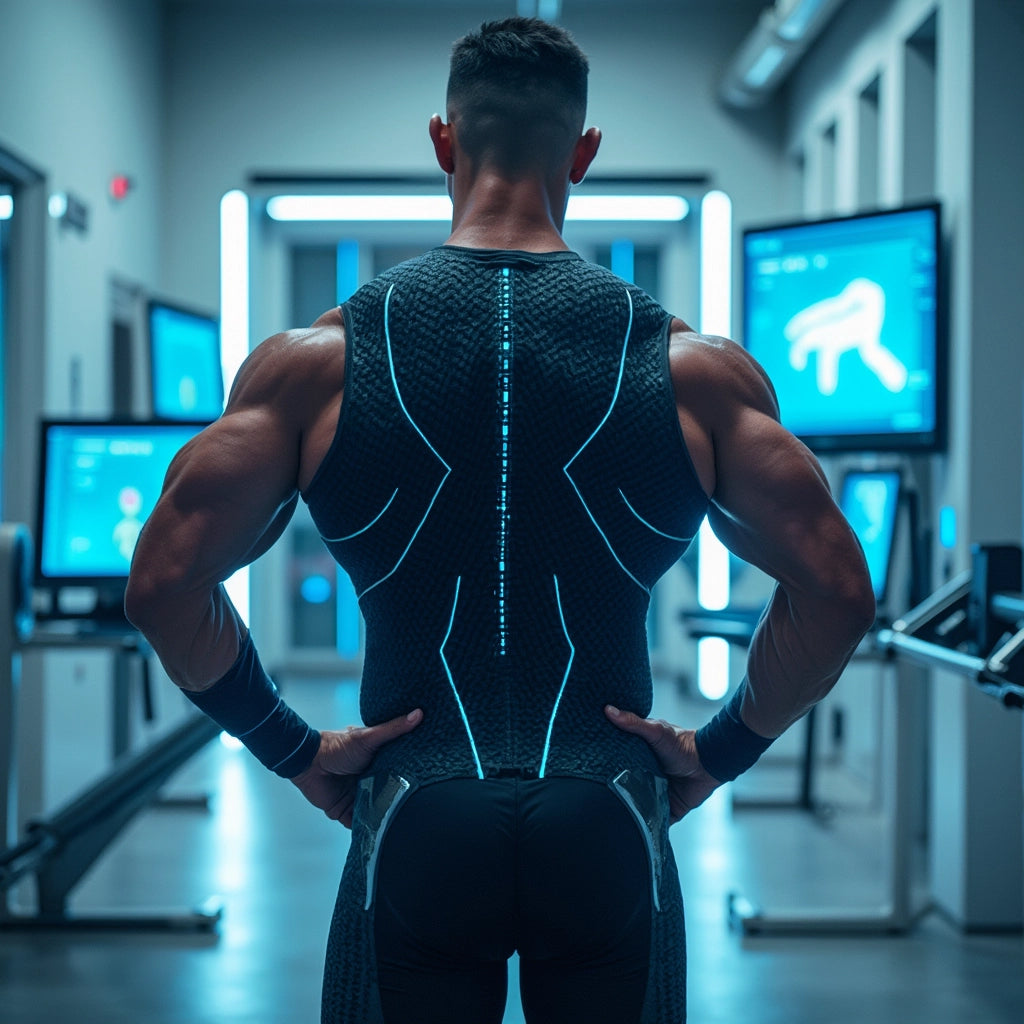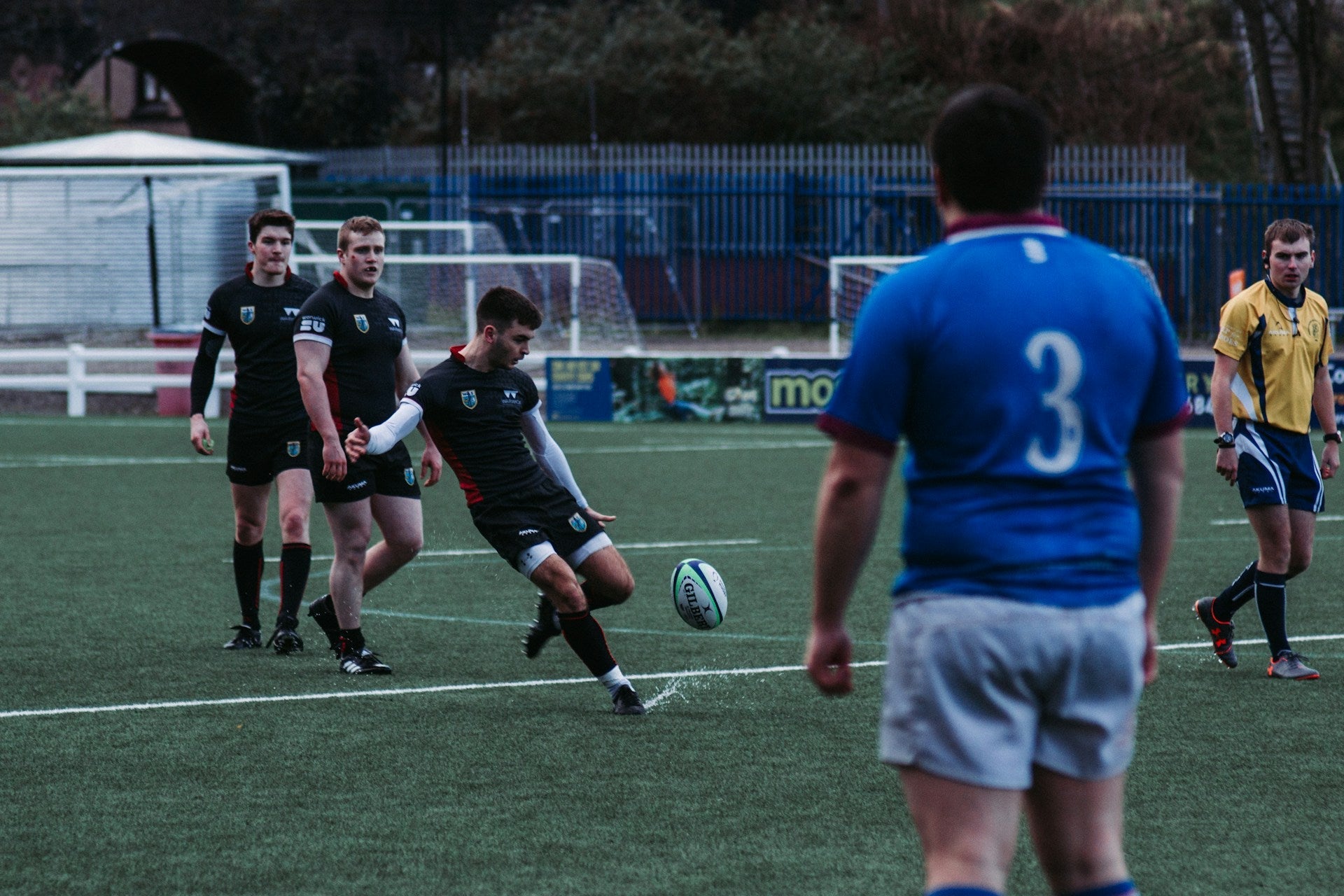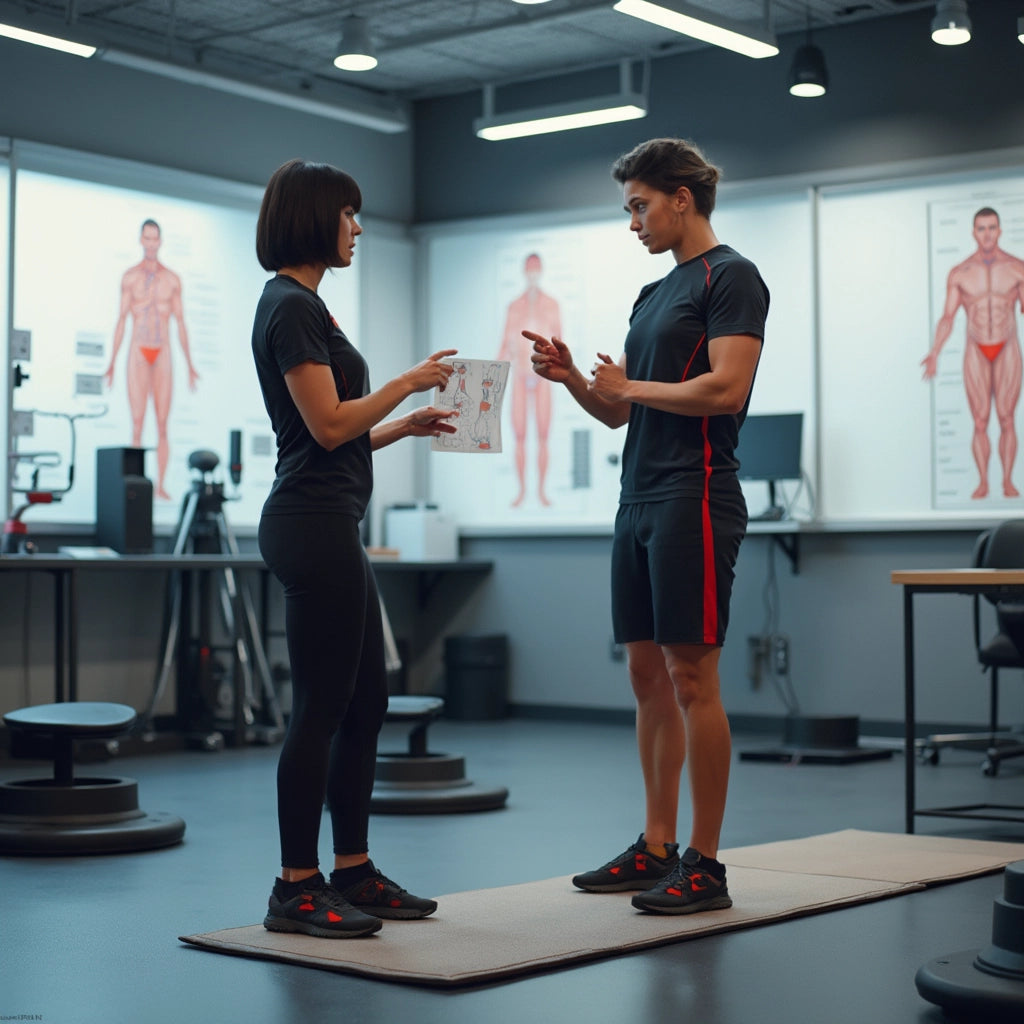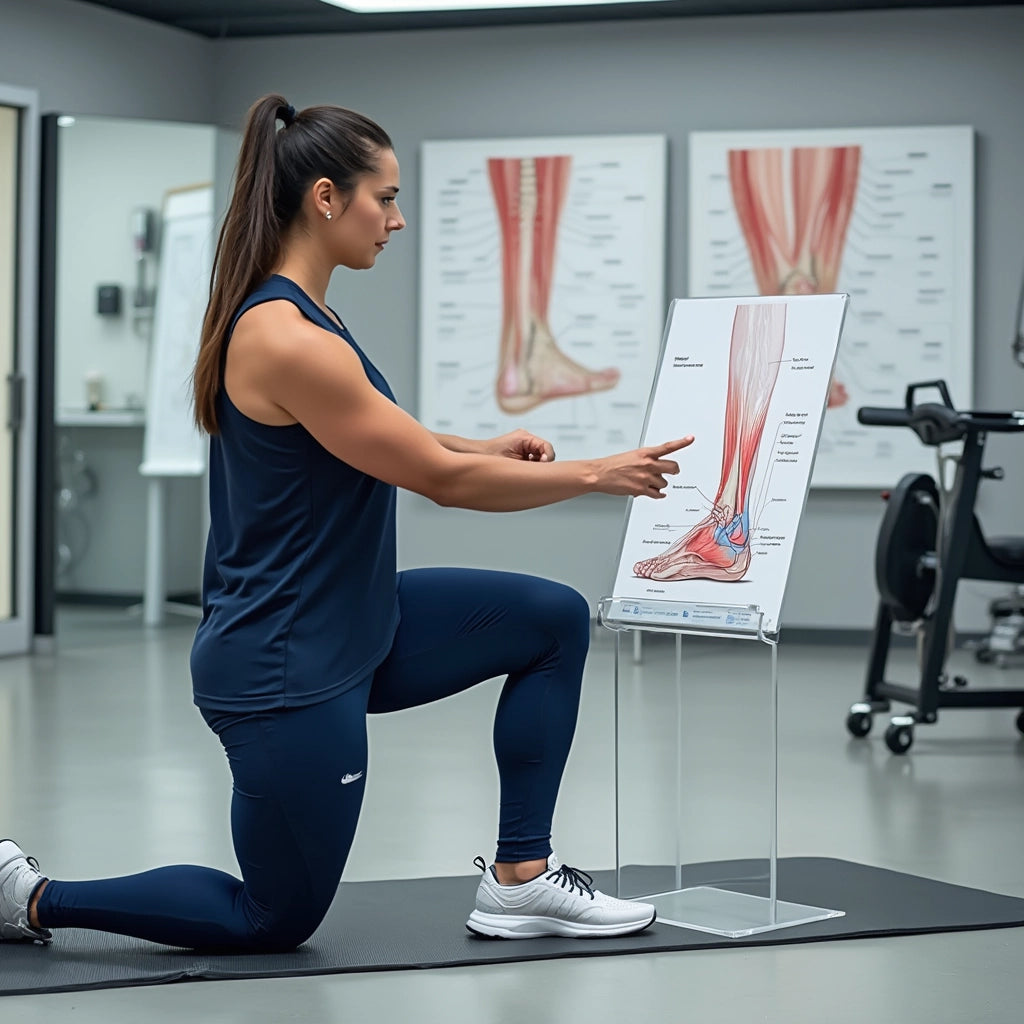Optimizing Foot Strike Mechanics for Enhanced Athletic Performance
Understanding foot strike mechanics is crucial for athletes aiming to elevate their performance and minimize injury risk. Athletes must recognize the significant impact of how their feet interact with the ground on their overall capabilities and joint health. This comprehensive exploration provides insights into the different foot strike patterns and their implications for athletic performance and injury prevention.
Foot Strike Patterns: Understanding the Basics
When participating in activities like running or jumping, athletes experience forces that can amount to several times their body weight. The way this force is distributed across the feet hinges on individual foot strike patterns, which generally fall into three categories: heel striking, midfoot striking, and forefoot striking. Each pattern carries distinct benefits and challenges.
Heel Striking is where the heel of the foot makes initial contact with the ground. It is commonly observed in recreational runners, but it tends to create significant impact forces that can lead to greater injury risk.
Midfoot Striking involves landing on the ball of the foot, distributing force more evenly and can result in reduced impact forces and improved running economy.
Forefoot Striking is where the ball of the foot touches down first. This pattern is often associated with better energy return and may enhance speed, although it can also increase the load on the calf muscles.
Factors Influencing Foot Strike Mechanics
Optimizing your foot strike mechanics involves understanding an array of key influencing factors:
- Running Surface and Terrain: The surface you're running on affects the way your feet strike the ground.
- Footwear Selection: Shoes can alter your natural gait and foot strike.
- Training Intensity: How intensely you train can impact how you land.
- Individual Biomechanics: Everyone's body mechanics vary, necessitating personalized approaches.
- Sport-Specific Demands: Different sports require specific foot strike patterns for optimal performance.
Optimizing Foot Strike Mechanics
Athletes looking to refine their foot strike can benefit from focused training strategies and proper equipment. Here’s how:
Strengthening and Conditioning
Building strength in foot and ankle muscles is vital. Incorporate exercises that bolster these areas, enhancing stability and reducing injury susceptibility.
Develop Proprioception
Improving proprioception, or body awareness, aids athletes in maintaining balance and adapting foot strike patterns effectively. Balance exercises and drills can be advantageous.
Correct Form Under Fatigue
Maintaining proper form, especially when fatigued, is essential to preserving efficient foot strike mechanics. Focus on conditioning your body to maintain posture during prolonged activities.
Adaptation and Assessment
Gradual adaptation to new techniques is crucial to minimize injury risk. Regularly assess the wear patterns on your footwear to gain insights into your foot strike mechanics and make necessary adjustments.
Technical Training
Consider integrating drills and exercises that align with your sport-specific needs. Working with a coach or trainer can provide personalized guidance to optimize foot strike mechanics.
Choosing the Right Balance
While midfoot and forefoot striking can offer many performance benefits, there is no one-size-fits-all solution. The key lies in finding a balance that supports your athletic goals while ensuring proper protection for your feet. Reflect on your sport, body mechanics, and training targets to determine the best foot strike pattern for you.
“Optimizing your foot strike mechanics can lead to enhanced athletic performance, reduced injury risk, and a more efficient movement pattern.”
Conclusion
The journey to mastering foot strike mechanics is a personalized endeavor that requires attention to multiple factors. By focusing on targeted exercises, proper footwear choices, and technical training, athletes can achieve better force distribution, improve power transfer, and create efficient movement patterns. This knowledge proves invaluable for endurance athletes, team sports players, and those involved in high-impact activities.
Explore more about how you can enhance your sporting experience with football grip socks and reach new heights in your athletic endeavors. Share your thoughts and experiences in the comments below to foster an engaging community discussion!









